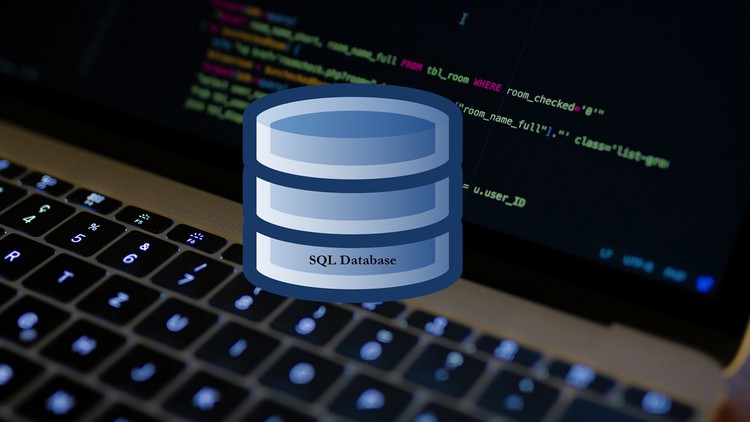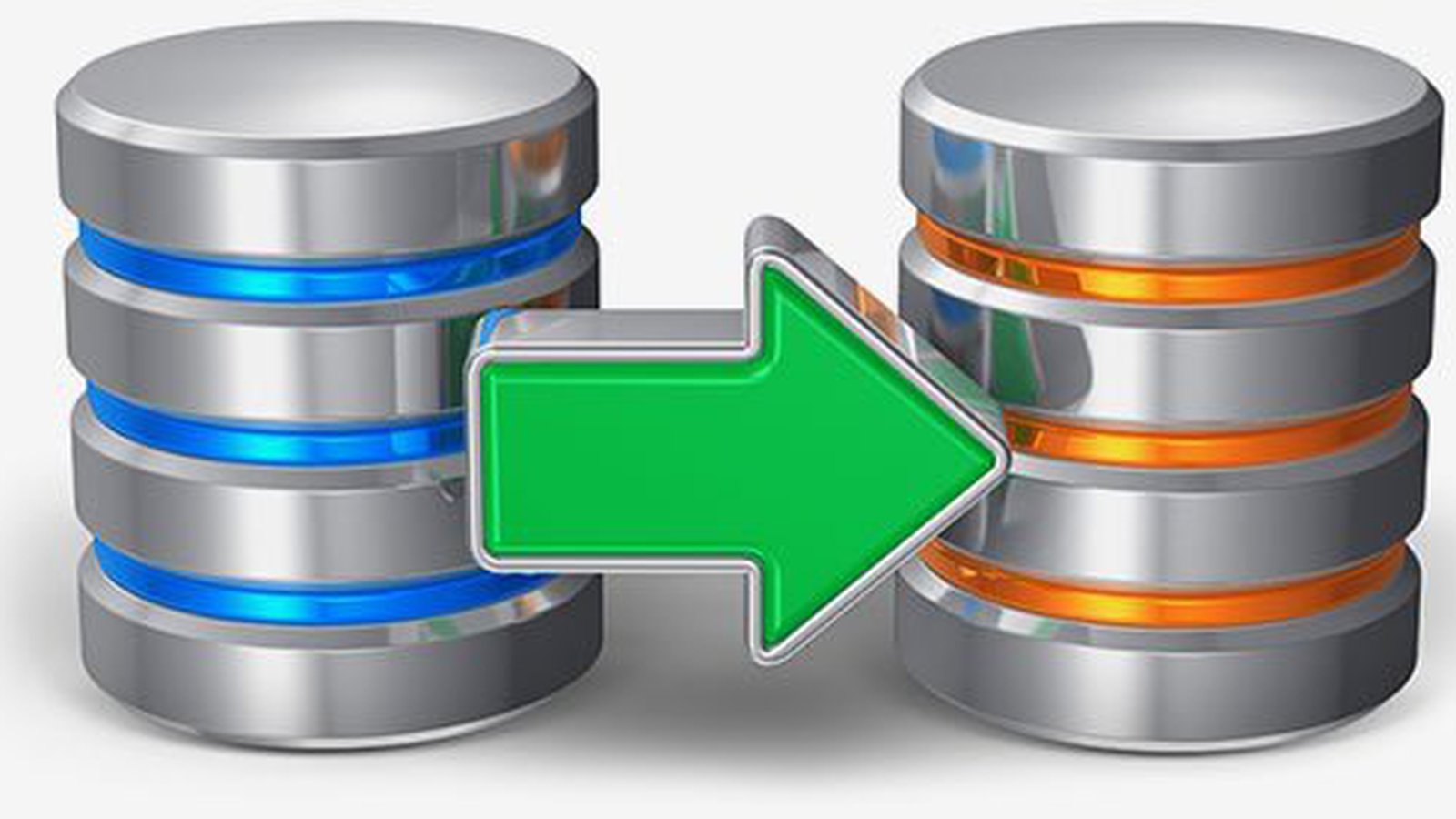Description
Introduction
Effective database monitoring and performance management are essential for maintaining the health and efficiency of database systems. This course explores various tools and techniques used for monitoring database performance, diagnosing issues, and optimizing resource utilization. By mastering these tools, Database Administrators (DBAs) can ensure their databases operate efficiently and respond to the needs of their applications.
Prerequisites of Database Monitoring Tools
- Basic Understanding of Database Management Systems (DBMS)
- Familiarity with SQL and Database Querying
- Knowledge of System Performance Metrics and Monitoring Concepts
Table of Contents
- Introduction to Database Monitoring
1.1 Importance of Monitoring Database Performance
1.2 Overview of Performance Metrics and KPIs
1.3 Types of Database Monitoring Tools(Ref: Database Replication and Clustering on Database Administrators(DBAs)) - Native Database Monitoring Tools
2.1 Using SQL Server Management Studio (SSMS) for Monitoring
2.2 Exploring Oracle Enterprise Manager (OEM)
2.3 Implementing MySQL Performance Schema - Third-Party Database Monitoring Solutions
3.1 Overview of Popular Monitoring Tools (e.g., SolarWinds, Redgate)
3.2 Comparing Features and Benefits of Third-Party Tools
3.3 Integrating Monitoring Tools with Existing Systems - Real-Time Monitoring Techniques
4.1 Setting Up Alerts and Notifications
4.2 Monitoring Database Connections and Sessions
4.3 Tracking Query Performance in Real-Time - Historical Performance Analysis
5.1 Collecting and Analyzing Performance Metrics Over Time
5.2 Utilizing Historical Data for Trend Analysis
5.3 Reporting Tools for Database Performance Insights - Database Health Checks
6.1 Establishing a Regular Health Check Routine
6.2 Key Areas for Health Checks (e.g., Indexes, Configurations)
6.3 Automating Health Checks with Scripts - Performance Tuning and Optimization
7.1 Identifying Performance Bottlenecks
7.2 Utilizing Query Optimization Tools
7.3 Implementing Best Practices for Database Performance - Capacity Planning and Resource Management
8.1 Understanding Capacity Planning Principles
8.2 Monitoring Resource Usage and Demand
8.3 Forecasting Future Database Needs - Case Studies and Real-World Applications
9.1 Successful Implementations of Monitoring Tools
9.2 Lessons Learned from Performance Management Projects
9.3 Best Practices from Industry Leaders - Future Trends in Database Monitoring and Performance Management
10.1 Exploring AI and Machine Learning in Performance Monitoring
10.2 The Role of Cloud-Based Monitoring Solutions
10.3 Emerging Tools and Technologies for DBAs
Conclusion
Database Monitoring on DBAs this course equips Database Administrators (DBAs) with the essential knowledge and skills to effectively monitor and manage database performance. By understanding the tools and techniques available for performance monitoring, you will be able to diagnose issues, optimize resource utilization, and ensure the reliability of your database systems. Emphasizing practical strategies and real-world applications, this course prepares you to implement effective monitoring solutions that support organizational goals and enhance database performance.







Reviews
There are no reviews yet.